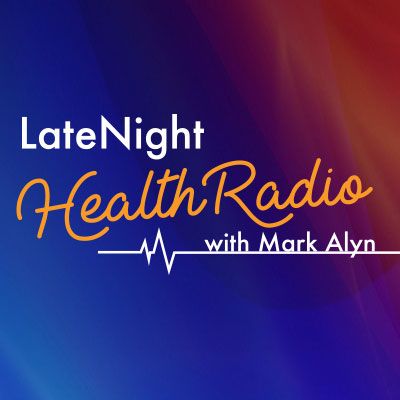US Based Medical Schools vs. International Medical Schools (Part 1) - Neal Simon 5/26/17

Descarga y escucha en cualquier lugar
Descarga tus episodios favoritos y disfrútalos, ¡dondequiera que estés! Regístrate o inicia sesión ahora para acceder a la escucha sin conexión.
Descripción
Dr. Eddie Copelin II served in Iraq as part of the US Marine Corps Reserves. So when he returned from overseas and decided to pursue a degree in medicine at...
mostra más“It was disappointing,” said Dr. Copelin. “I’m a veteran and I was in a position to help other veterans and I couldn’t.”
The VA operates the nation’s largest integrated health care system, with more than 1,700 medical facilities nationwide. While international medical school graduates are permitted to work as residents in VA hospitals, medical students are prohibited from training in clerkships at VA hospitals. Medical students spend the last two years of their medical education in clinical settings at hospitals.
Neal Simon, the President of AUA says this should change. “It should change because nothing better prepares a physician for success in a particular hospital or field of medicine than doing their training in the environment where they hope to practice.”
According to the agency’s most recent data, 526,000 veterans are waiting more than a month for care. Furthermore, about 88,000 of them are waiting more than three months. The physician shortage seen at VA hospitals reflects a growing dilemma happening nationwide.
According to a Kaiser Family Foundation report, California is meeting just 62% of its primary care physician needs. Florida is only meeting about 41% of its needs.
As the physician shortage grows and U.S. based medical schools are unable to train enough qualified students to fit the demand, international medical schools are increasingly filling this critical gap. Since 2012, the number of graduates of international medical schools (IMGs) who obtained residencies in the US has risen by almost 25 percent.
Another area of increasing interest to those in the medical profession is the lack of diversity among physicians. Nowhere is it more apparent than in a 2016 University of Virginia Medical School study. In the study it was revealed that white medical students believed that black patients feel less pain than their white counterparts. How is this bias impacting treatment?
AUA is committed to addressing these issues. 20% of AUA’s students are African-American compared with less than 7% at US-based medical schools. Furthermore 76% of AUA’s graduates pursue primary care residencies. This is significantly higher than US-based medical schools.
“We are also proud to say that many have gone on to practices in the areas where they are most needed like rural communities and inner cities” said Neal Simon.
Dr. Copelin is now a 2nd year internal medicine resident at Roger Williams Medical Center, an affiliate of the Boston University School of Medicine. Ironically, the facility is right across the street from Rhode Island’s VA hospital. “As a Marine I had to deal with the VA medical system firsthand. It was incredibly difficult to get an appointment. It simply doesn’t make sense not to offer clerkships to qualified international medical school students. It would decrease the workload for those presently in the system, provide much needed medical care for those in need, and prepare a new cadre of physicians for generations to come. It would be a win-win situation.”
air date: 5/26/17
Información
| Autor | Late Night Health |
| Organización | Late Night Health |
| Página web | - |
| Etiquetas |
Copyright 2024 - Spreaker Inc. an iHeartMedia Company

Comentarios